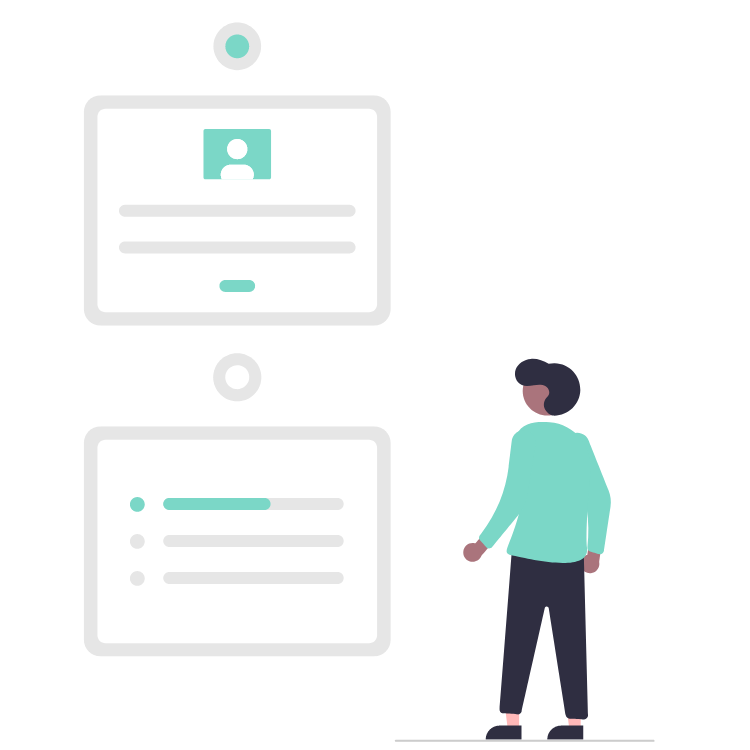Open Caregiving for Providers
We help providers act on competitive insights, effectively reach consumers, and develop a trusted brand.
Competitive Insights | Consumer Reach + Trust | Industry Trends

Personalized Insights Delivered to You
We analyze the data, focus on what matters most, and deliver insights that address your needs.
Competitive Intelligence
- Clinical benchmarking
- Market share trends
- Demographics analysis
- Expansion opportunities
- Cost + value comparison
Referral Strategy
- Analysis by facility and county
- Quarterly trends and trajectory
- Downstream effects of referrers
- Untapped and growing sources
- Collateral for liaison education
VBID Preparation
- Understand MAO priorities
- Craft a VBID pitch with data
- Address areas to improve
- Ongoing analysis
Attract Consumers Looking for Care

Quality, transparency, and trust are the source of differentiation for many providers. Stand out to caregivers, care recipients, and referral partners searching online by becoming a verified provider in our search platform.
Use your profile to:
- Build trust credentials
- Reach caregivers and care recipients
- Keep your information up to date
- Add your services and special programs
- Stand out to referral partners
- Showcase your team and community
2022 Hospice Industry Trends
Value-Based Hospice Care Models
Value-Based Care Models aim to improve health outcomes and lower costs by aligning financial incentives with cost-efficient health care services.
Value-Based Care uses risk-sharing and value-based payments where healthcare providers get reimbursed based on patient outcomes, quality of care and cost-efficiency. This differs from Medicare’s fee-for-service model, where healthcare providers get paid based on the quantity of care and services they provide. Value-based payment models create financial incentives for healthcare providers to deliver positive beneficiary outcomes at the lowest cost.
Topics Covered:
- Direct Contracting Model for Hospice
- The Medicare Advantage Hospice Benefit
- Primary Care First
- Side by side comparison of each value-based hospice model

Compliance and Quality Reporting

While most regulatory initiatives were put on the back burner during the first year of the COVID-19 pandemic, CMS and regulators quickly re-focused their attention in Q2 of 2021 to progressing the compliance, reimbursement, and quality reporting of hospice providers.
The major trends driving regulatory change in 2021 include increased transparency into surveying and quality reporting, preventing Medicare fraud and re-aligning provider’s incentives to better serve patients and the healthcare system as a whole.
Topics Covered:
- Updates to Aggregate Payment Cap & Base Payment Rate
- Uptick in hospice audits and survey updates
- Strategies to avoid hospice regulatory issues
- Temporary COVID-19 Data Freeze & Key Reporting Dates
- Hospice Outcomes & Patient Evaluation (HOPE)
- Hospice Care Index
The Hospice Referral Landscape
2021 is proving to be an inflection point in how hospice providers pursue and diversify their referral streams. The COVID-19 pandemic shut down long-term-care facilities for over a year, CMS made substantial progress launching value-based hospice models and the growing desire for interoperability is making it a crucial time for hospice providers to adapt.
Topics Covered:
- COVID-19 Shifts Referral Streams
- Closing the Hospice Knowledge Gap Among Physicians
- The Referral Stream of the Future: Value-Based Care Partners
- The Role of Interoperability in Referral Streams

The Hospice Workforce Shortage

Over the next 20 years, the aging baby boomer generation will lead to an increase in home health, hospice and palliative care eligibility. This increasing demand will require a fast-growing supply of specially trained, end-of-life healthcare workers. On the current trajectory, we expect a deficient supply of qualified healthcare workers to meet the home health, palliative care and hospice demand of the next two decades.
Prior to the COVID-19 pandemic, the unequal supply and demand trend was already causing concern. Those concerns have grown stronger as some healthcare professionals begin to rethink their careers and work-life balance after the burnout many faced during the pandemic.
Topics Covered:
- The key data to take notice
- The latest news on how providers are approaching the hiring and retention
- The takeaways and strategies your organization can use to stay competitive